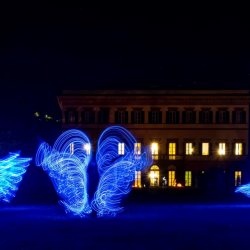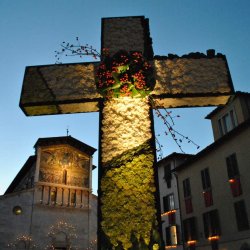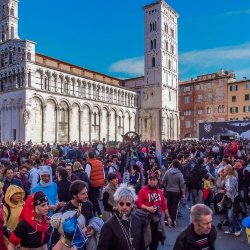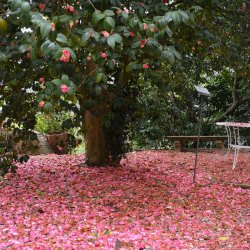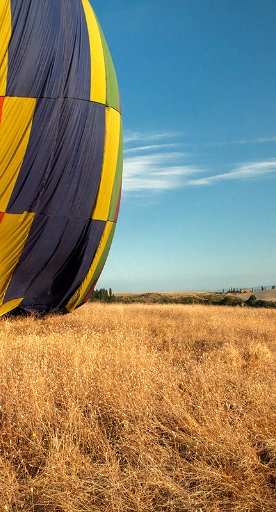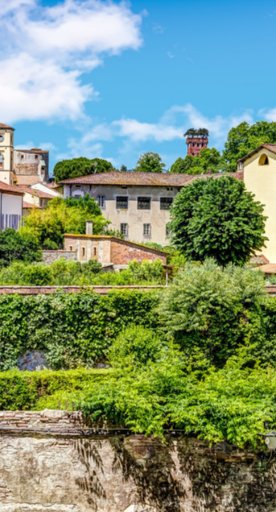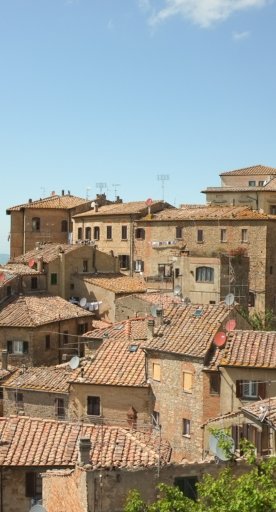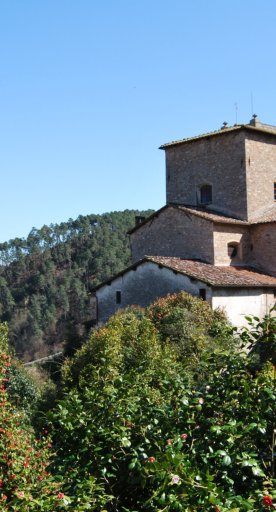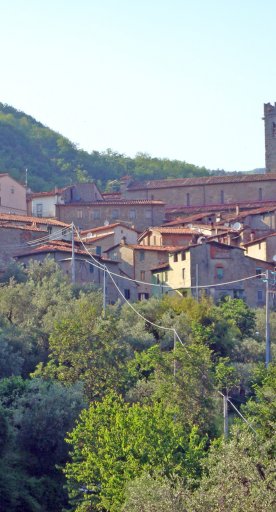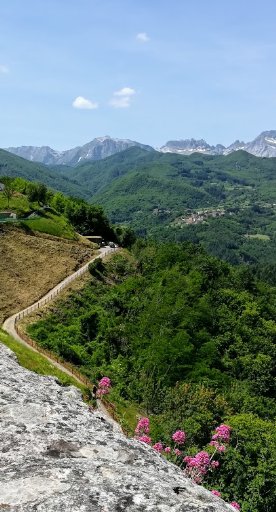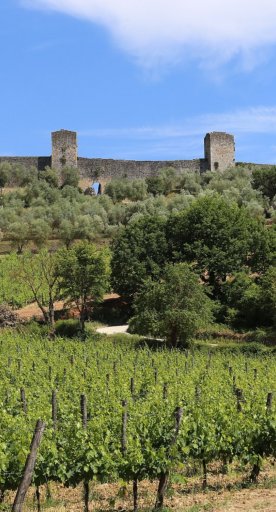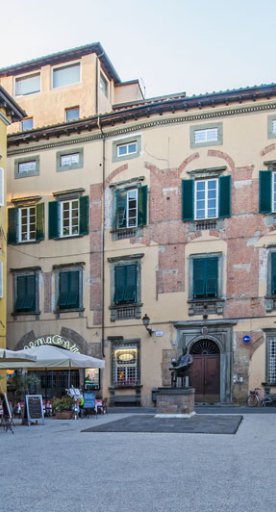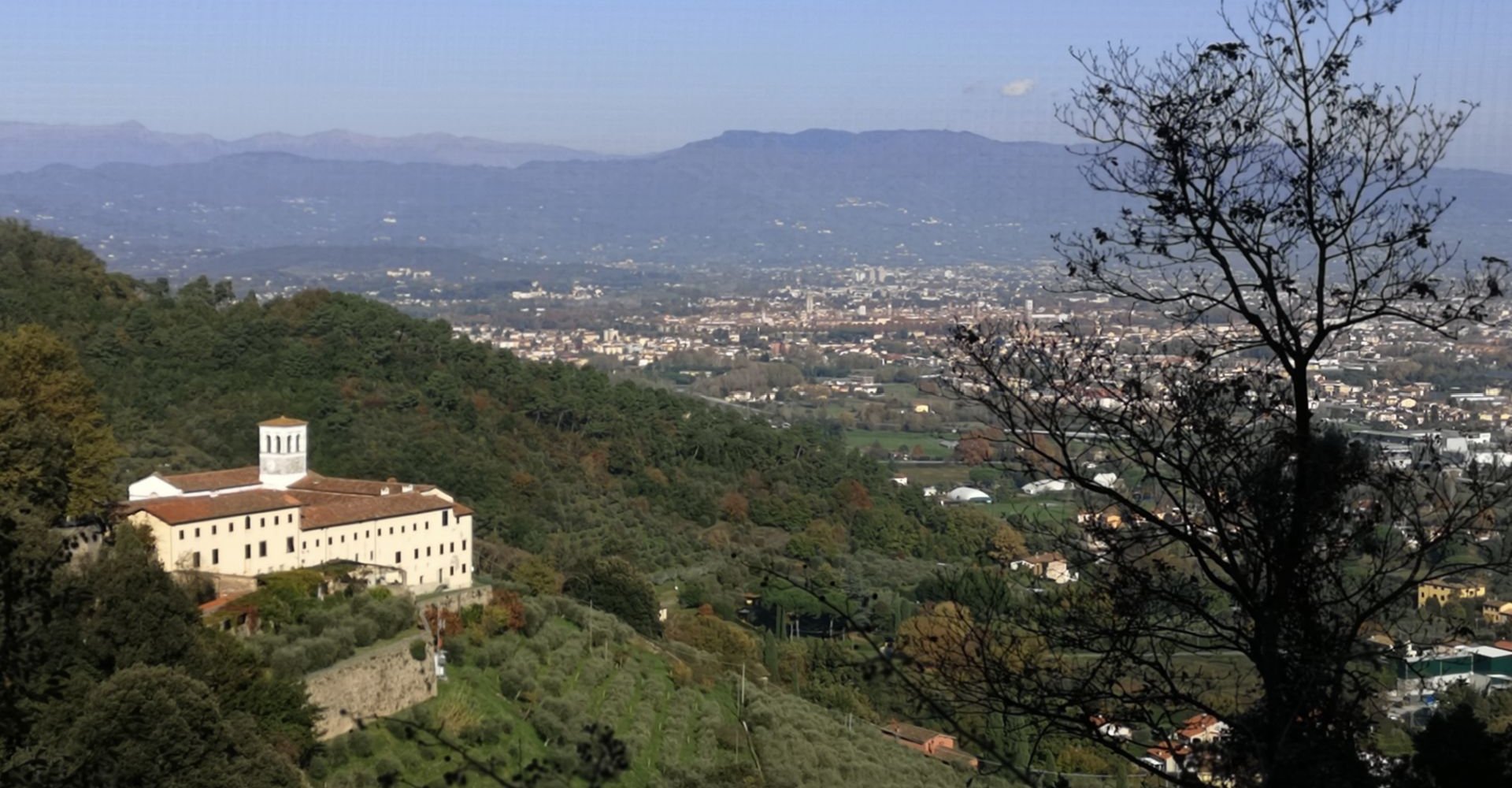

Among hermitages, churches and convents on Monte Pisano
A tour of what was known from the late Middle Ages as the 'Mons Heremita' of Tuscany, with history, nature and legend.
Monte Pisano has a noble and legendary past. Formed in the Pliocene period, it's one of the oldest in Italy, its charm deriving from the lush woods and the places of worship and devotion that intertwine nature and history.
The new road that leads from Lucca to Pisa is a journey back in time. Dotting villages and woods, you can find gems of Romanesque architecture where you can savor the silence and country air. In the hills closest to the Apuan Alps on the southern side, you can see the limestone used in many of Lucca's churches. The 12th century Parish Church of Santa Maria del Giudice, dedicated to San Giovanni Evangelista, is an example of this. It's a jewel-like church that's elegant and composed with Pisan Romanesque accents.
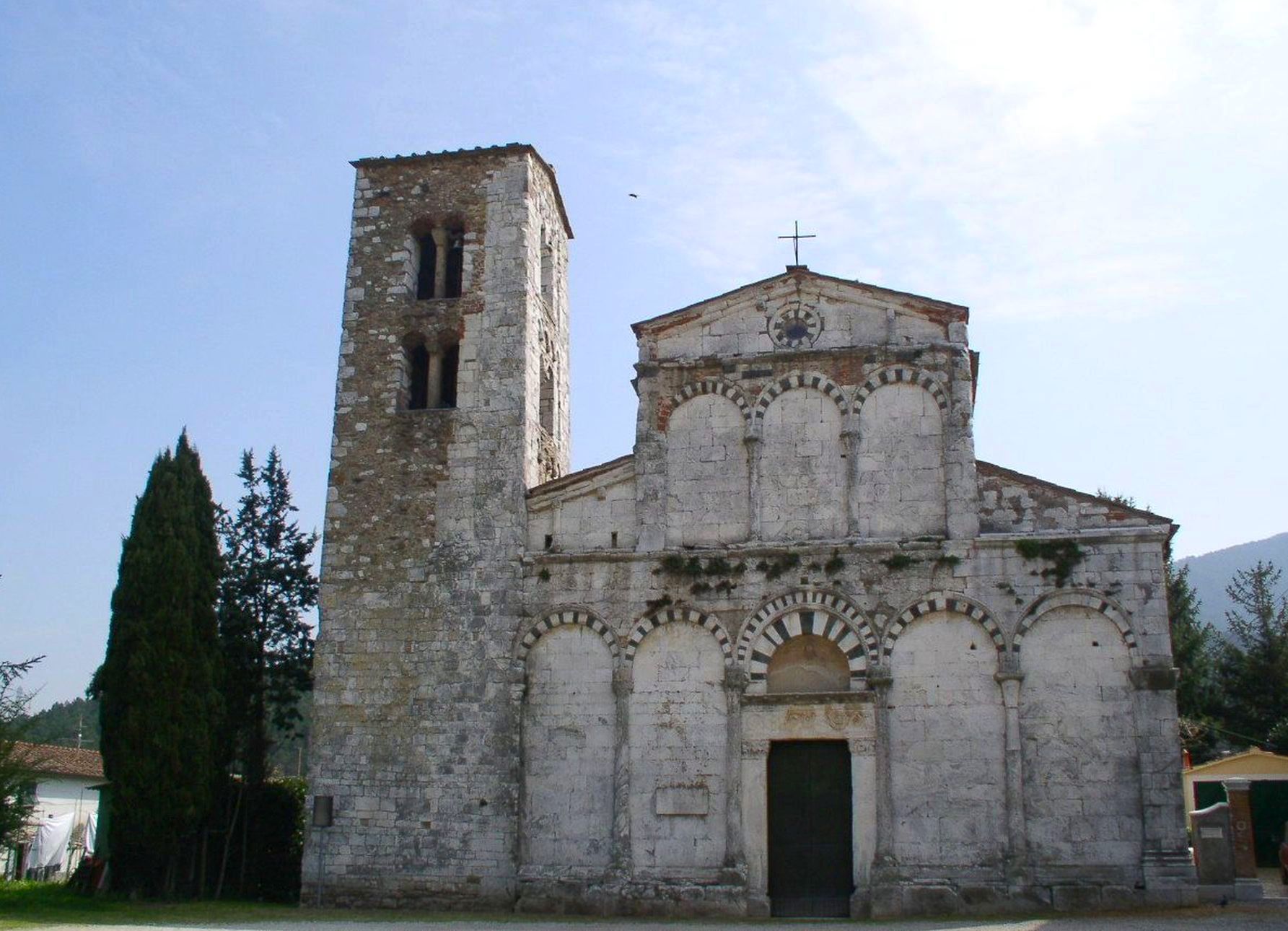
Behind the church, a path leads into the woods that extends into a lush forest filled with large holm oaks, oaks and holly trees up to the Convent of San Pantaleone. Founded as a hermitage in 1044 under the rule of St. Benedict, in 1233 the building became a Cistercian monastery. Today, it's a ruin but still full of charm.
On the north side of the valley in the village of San Lorenzo a Vaccoli, you can find the Oratory of San Salvatore, with evidence dating it to the eighth century. It's small hall structure is made of local white limestone mixed with brick and stone, featuring a singular asymmetrical facade and bell gable.
Going up the slope to the wood of San Michele in Escheto, you can spot the Church of San Michele Arcangelo. Dating back to the eighth century, it was then renovated between the eleventh and twelfth, in the fourteenth and finally in the eighteenth century. Despite the obvious tampering, especially on the facade, it's still impressive.
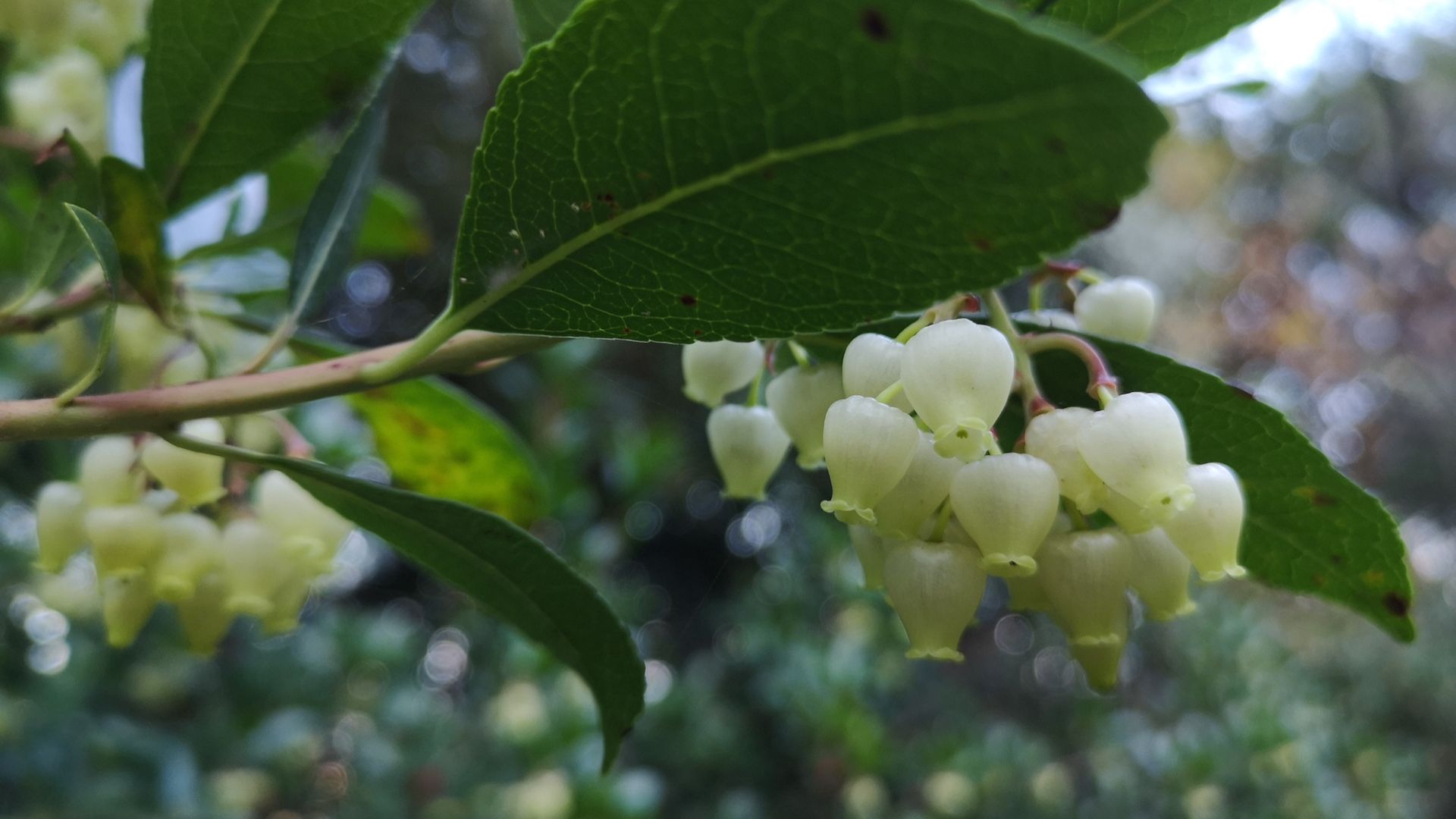
Continuing along, we find the Convent of San Cerbone di Massa Pisana, whose silent and meditative atmosphere has lasted through the ages. The convent was founded in the place where, according to legend, Saint Cerbone and Saint Regolo found shelter while fleeing Africa. It was inhabited by various religious orders before the current sisters of Saint Francesco de Sales who offer hospitality in the convent premises. We find the large Romanesque church with its finely crafted wooden choir, library, refectory, cloister, olive garden, vegetable garden, orchard and a large terrace from which you can enjoy a splendid view of Monte Pisano while surrounded on all sides by holm oak and chestnut woods simply inviting you to take a relaxing walk.
The church of Santa Maria Assunta (or Pieve Nuova) in the hamlet of Santa Maria del Giudice dates back to the last quarter of the 12th century. The façade is divided into a double order of arches, which continue along the side walls, and is an expression of the Lucchese architectural culture of the time which used monochrome white limestone from local quarries. In addition, there are hints of typical elements of the Pisan Romanesque such as the use of squared sketches in San Giuliano marble, the tympanum with columns and the inlaid elements of the facade. The octagonal bell tower rises right above the apse of the church, taking its shape and narrowing upwards, adopting an octagonal plan.
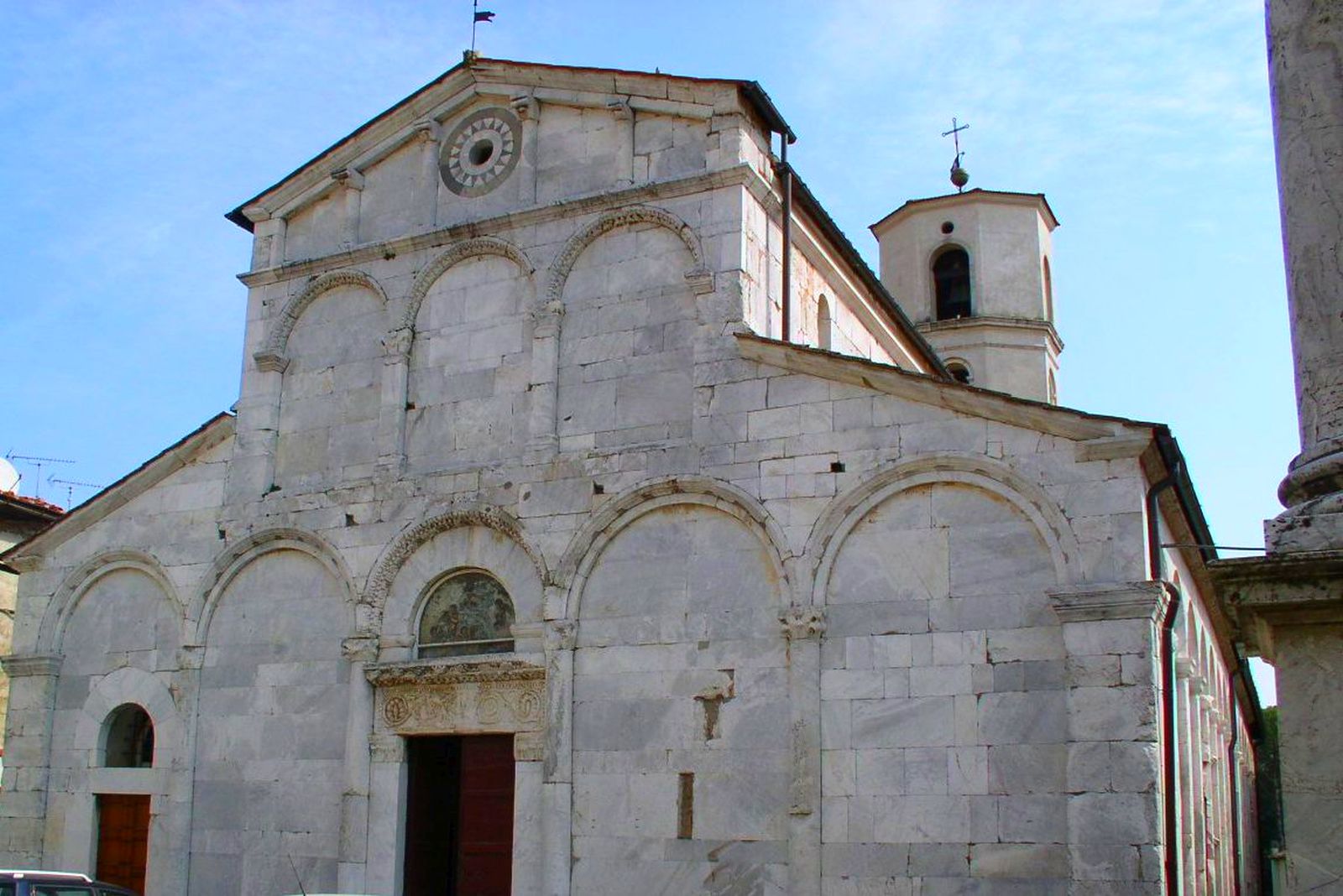
Continuing along a path (with light traffic) you finally arrive at the Dante Pass.
"This thing then appeared to me as Master
of the Hounds, who tracked the wolf and his cubs
out on the hill where the Pisans don't see Lucca."
Dante wrote this in the 33rd canto of the Divine Comedy, however, from this point onwards you have a splendid view of both Lucca and Pisa as well as a variety of possible treks of Monte Pisano among myrtle, holm oak woods and Mediterranean scrub. Dante's pass corresponds precisely to the pass of the ancient road that connected Lucca and Pisa. A plaque depicts the word of the Supreme Poet, and the path is dedicated to him.
And that's not all. A few more steps and you can reach the Eremo della Spelonca, a historic Augustinian hermitage whose origin is lost in the mists of time. The black hermits who founded it as a parish church around 1000 dedicated themselves to the religious assistance of the people of the area, far from the cities. Near the chapel you can see a baptismal font carved in stone.
Drops of water fall from the ceiling of the cave near the hermitage, which in popular tradition have healing powers. Near the church, a long stone bears the footprints of the horse that according to legend was ridden by the Devil himself who wandered around those places in failed attempts to thwart the holy hermit who lived there. To drive the devil away, the Saint hrew him onto Monte Penna, where since then no grass grows.






